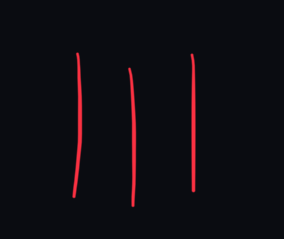A key component missing in the orchestral toolbox of most composers today – principally when it comes to receive the best of the classic-romantic tradition) – is to understand how orchestration supports form. But form (meaning tonal form) is only fully understood through harmony, principally thought a clear reading of cadences and modulations.
There is no clarity of orchestration when you don’t have clarity of form. And no clarity of form, when you don’t know where you are in your modulations and chords overall.
Beyond this, however, i would like to talk here about something more interesting: what might be the the root of this type of romantic thinking.
Before we had orchestras, we had vocal ensembles. These were made to illustrate the words of a text. The text changes, the “orchestration” changes. The vocal instrumentation. The vocal sound was also used to highlight different strophes and parts of the text that are relevant to the form. The change of texture and type of counterpoint was another factor that helped composers create a distinction from part to part of a text.
The longest text that was and is frequently celebrated is the Gloria, next to Credo. In these compositions the relationship between text, form, and instrumentation (vocal or instrumental) might be challenged at lot.
If you hear the motets of Bach and Schutz, but also other similar types of solo vocal music, this kind of “orchestration in a nutshell” will give a good vision on the topic, understanding which are the most elementary and archaic techniques that serves one of the key purposes of orchestration:
the expression of the musical form and musical rhetoric.
